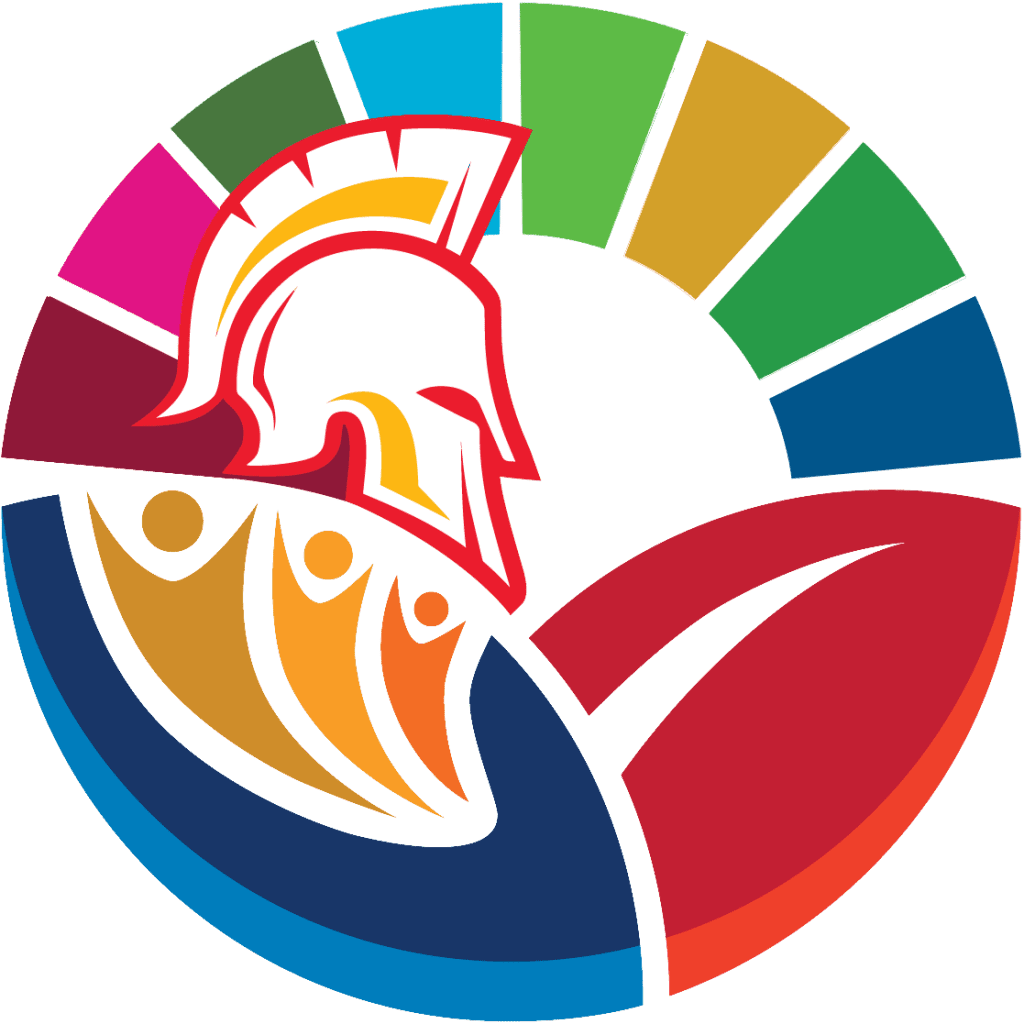In this work, we empirically evaluated the efficiency of the recent EfficientNetB0 model to identify and diagnose malaria parasite infections in blood smears. The dataset used was collected and classified by relevant experts from the Lister Hill National Centre for Biomedical Communications (LHNCBC). We prepared our samples with minimal image transformations as opposed to others,...
Tag: 9
Diagnosing Covid-19 chest x-rays with a lightweight truncated DenseNet with partial layer freezing and feature fusion
Due to the unforeseen turn of events, our world has undergone another global pandemic from a highly contagious novel coronavirus named COVID-19. The novel virus inflames the lungs similarly to Pneumonia, making it challenging to diagnose. Currently, the common standard to diagnose the virus’s presence from an individual is using a molecular real-time Reverse-Transcription Polymerase...
A Computational Approach to Multistationarity in Poly-PL Kinetic Systems
One important question that interests those who work in chemical reaction network theory (CRNT) is this: Does the system obtained from a reaction network admit a positive equilibrium and if it does, can there be more than one within a stoichiometric class? The higher deficiency algorithm (HDA) of Ji and Feinberg provided a method of...
Integrated Weed Estimation and Pest DamageDetection in Solanum melongena Plantationvia Aerial Vision-based Proximal Sensing
The Philippine government’s effort to transcend agriculture as an industry requires precision agriculture. Remote- and proximal-sensing technologies help to identify what is needed, when, and where it is needed in the farm. This paper proposes the use of vision-based indicators captured using a low-altitude unmanned aerial vehicle (UAV) to estimate weed and pest damages. Coverage...
A Computer-Aided Diagnosis of Brain Tumors Using a Fine-Tuned YOLO-based Model with Transfer Learning
This paper proposes transfer learning and fine-tuning techniques for a deep learning model to detect three distinct brain tumors from Magnetic Resonance Imaging (MRI) scans. In this work, the recent YOLOv4 model trained using a collection of 3064 T1-weighted Contrast-Enhanced (CE)-MRI scans that were pre-processed and labeled for the task. This work trained with the...
Real Time Multi Target Capturing Using Partitioning in Robot Vision
In this study, the authors design and implement a real time system as an autonomous robot–camera to capture many targets in the scene. The robot has only one camera, but it is capable of capturing more than one moving object through proper movement. The system uses Gaussian Filtering for motion detection and then performs partitioning...
Coffee Leaf Rust Detection Using Convolutional Neural Network
Rust is a severe disease affecting many productive coffee regions. It is caused by a pathogenic fungi that attacks the underside of coffee leaves and it is characterized by the presence of yellow-orange and powdery points. If not treated, rust can cause a drop in coffee production of up to 45%. In this sense, this...
New correlations and deposition envelopes for predicting asphaltene stability in crude oils
The precipitation and deposition of asphaltene are among the most pressing issues in the petroleum industry. This flow assurance issue may cause formation damage in porous media, the plugging and coking of wellbore and production pipelines and difficulties in the refining process. Such events lead to additional operating costs for the company. Therefore, knowing the conditions at which asphaltene may precipitate and...
3D-Printing methacrylate/chitin nanowhiskers composites via stereolithography: Mechanical and thermal properties
We report on the mechanical and thermal properties of stereolithography (SLA) 3D-printed methacrylate (MA) resin reinforced by chitin nanowhiskers (CNWs). CNWs were synthesized by acid hydrolysis of crab shell chitin and nanocomposites with 0 wt%, 0.5 wt%, 1.0 wt%, and 1.5 wt% CNWs loading were prepared by slurry compounding method. The obtained CNWs (diameter =...
Comparative evaluation of alkali precipitation and electrodeposition for copper removal in artisanal gold smelting wastewater in the Philippines
Alkali precipitation and electrodeposition for copper removal in artisanal gold smelting wastewater were evaluated. Alkali precipitation was done by dosing the wastewater with sodium hydroxide solution. Electrodeposition was conducted at operating current of 4 A for 3 and 6 h. Alkali treatment exhibited 99.83% removal efficiency, albeit residual copper concentration was still above effluent standards....




